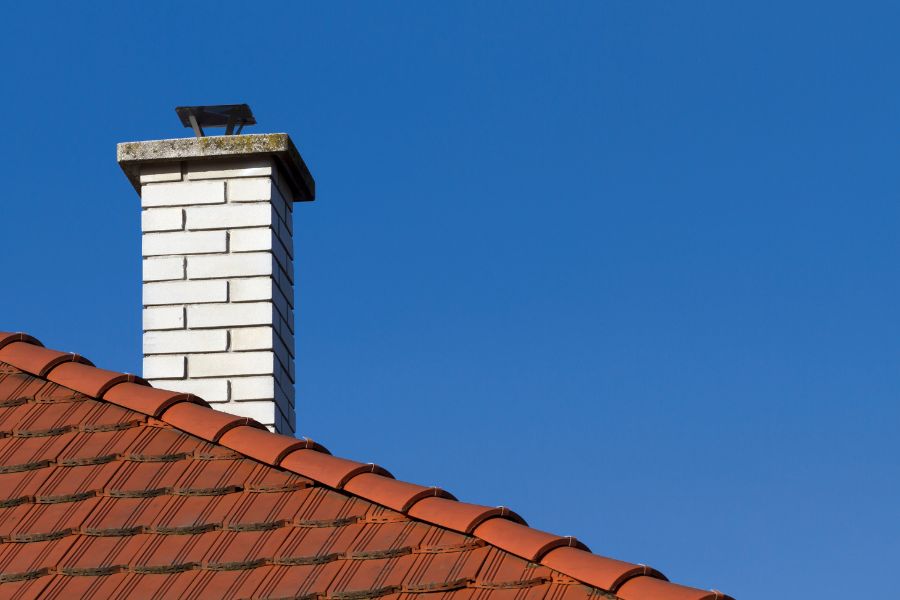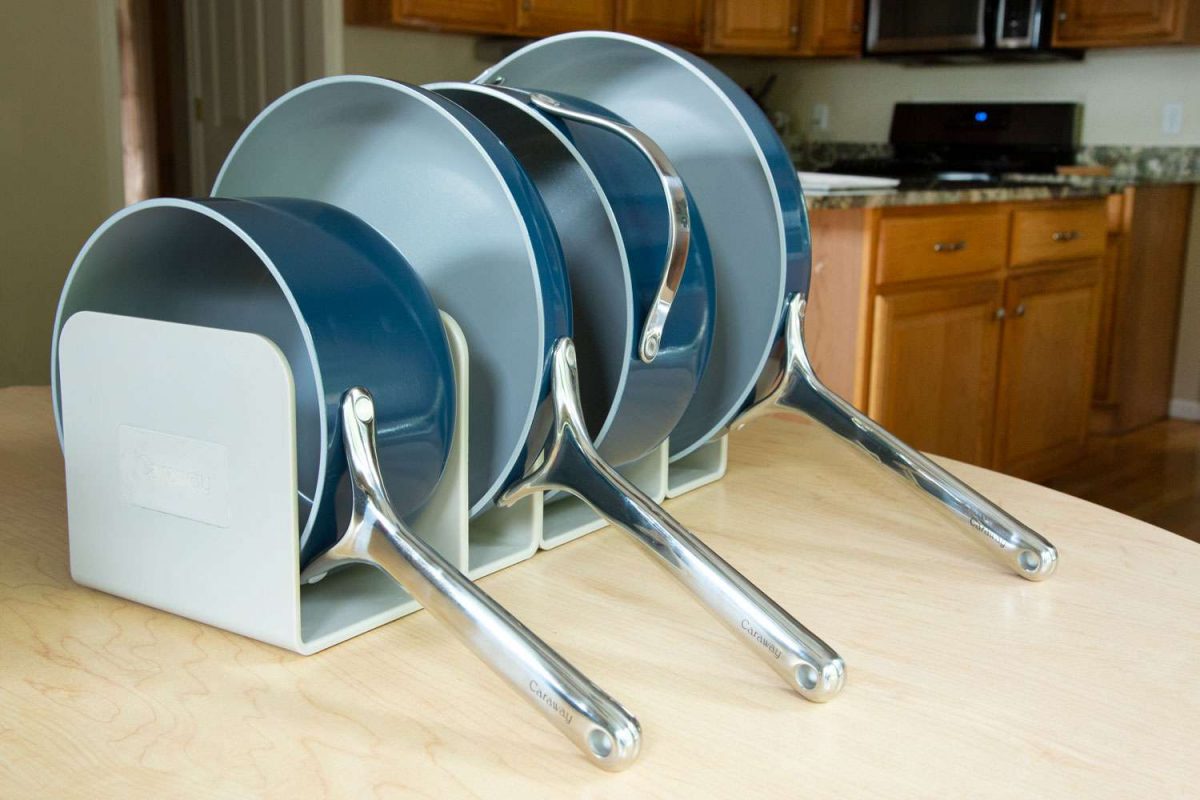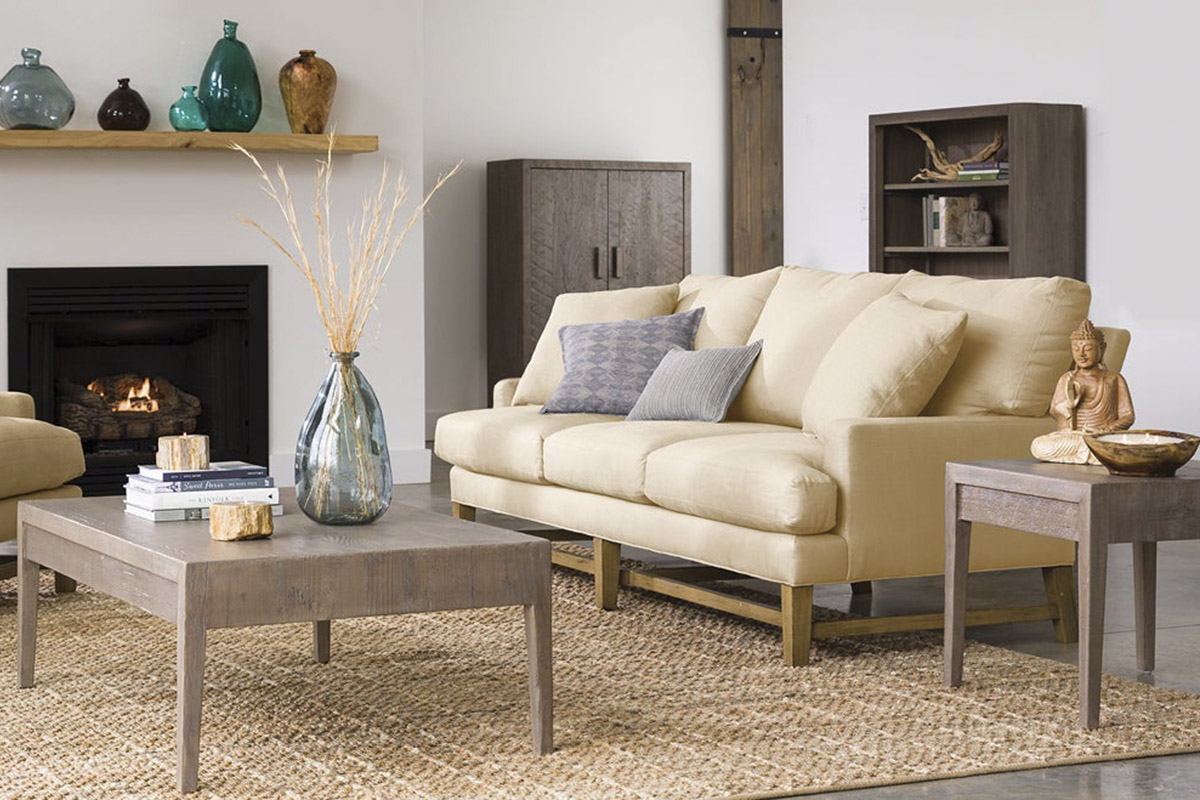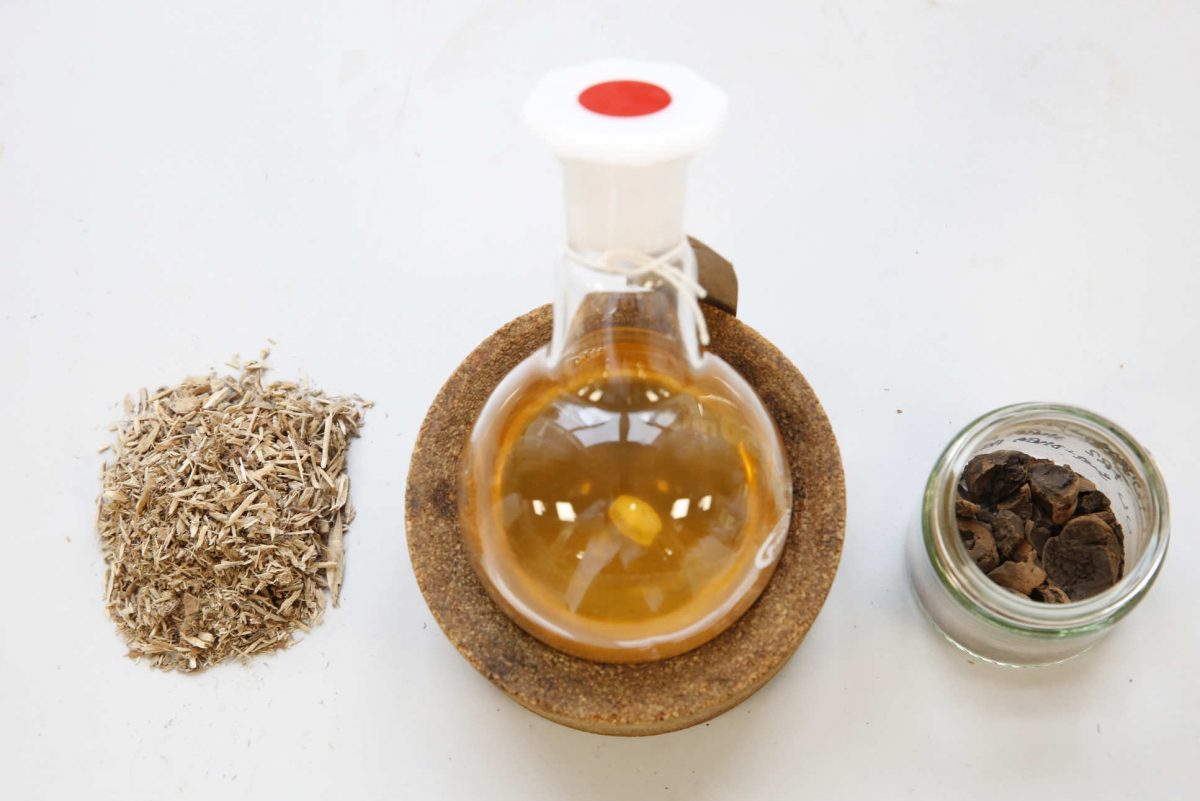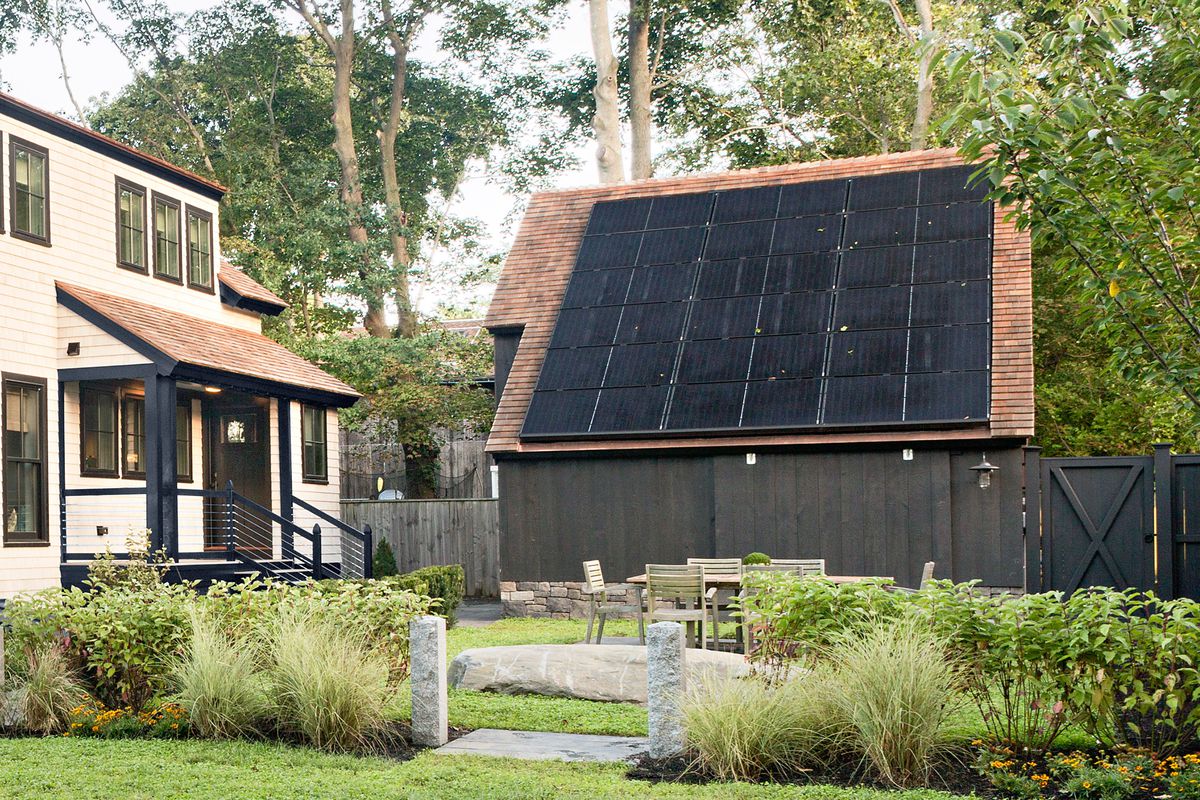What are the Types of Chimney Dampers?
Dampers and flues are core components of fireplaces and chimneys. In fact, a damper regulates airflow within a fireplace for peak performance and energy efficiency.
However, it comes in various types, each designed to fit specific needs and configurations. They range from traditional throat dampers to innovative top-sealing dampers.
Understanding the diverse types of chimney dampers is essential to balance warm air retention and cold air exclusion. Read this till the end for more insight into the types of chimney dampers.
Also, remember that it’s key to always prioritize leading a zero-waste lifestyle and embrace recycling. We have all the information you need on these subjects in the abovementioned posts.
What are Chimney Dampers?
A chimney damper is strategically located within the chimney flue, acting as a gateway that controls the flow of air and smoke.
Its primary function is to keep warm air from escaping when the fireplace is inactive and regulate the cold air influx. This boosts adequate heating and safety, as the damper wards off back drafts and smoke blowback.
Benefits of Chimney Dampers
Chimney dampers, especially the fireplace damper variety, provide numerous benefits for homeowners:
Efficient Heat Management
Throat dampers positioned at the base of the chimney and top-sealing dampers at the top keep warm air from escaping when the fireplace is inactive. This makes homes cozier and energy-efficient.
Protection from Elements
Along with the chimney cap, top sealing dampers offer a reliable barrier against rain, snow, and unwanted wildlife. That way, the fireplace’s interior remains dry and free of debris.
Durability and Ease of Use
Top-mounted dampers, often made with durable materials like stainless steel, are equipped with a cable mechanism. This stainless steel cable allows easy operation, extending the damper’s lifespan and aiding smooth functionality.
Safety and Air Quality
Fireplace dampers regulate the air inflow, particularly the chimney throat damper variety. Thus, it reduces the risk of back drafts and maintains optimal air quality within homes.
Types of Chimney Dampers
Here’s a breakdown of the main types of chimney dampers:
Top Mounted Damper
Positioned at the very top of the chimney, this damper acts as a cap and a damper. When not in use, it seals off the chimney entirely, preventing drafts and entry of wildlife. They are a boon for wood-burning fireplaces, sealing all the heat even when the fireplace is inactive.
Fireplace Damper Clamp
This is a safety feature predominantly used in gas fireplaces. The clamp ensures the damper remains slightly open, allowing for safe gas expulsion even if the fireplace isn’t used.
While it doesn’t seal the chimney as tightly as other dampers, its primary function is to promote the safety of homeowners by preventing gas buildup.
Damper Plate
This is a flat metal plate that regulates the chimney’s airflow. Positioned within the chimney throat, you can adjust it to open or close off the flue. Made usually of metal, you can shift this plate manually to control the intensity and safety of the burn.
Chimney Throat Damper
Located just above the fireplace in the chimney throat, this traditional damper is one of the most commonly used.
When the chimney throat damper closes, it prevents warm air from escaping the home. By doing so, throat dampers enhance efficient heating. However, it’s crucial to open it when there’s an active fire to allow smoke and fumes to exit.
Flue Damper
Positioned within the chimney flue, flue dampers are designed to control the exit of smoke and fumes from the fireplace. Like the chimney throat damper, a closed damper means a sealed flue, which is ideal when the fireplace is not in use to prevent drafts. But it’s essential to open it during active fires.
How Often Do Dampers Need to Be Replaced?
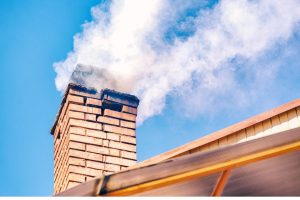
Over time, dampers can deteriorate or malfunction due to exposure to intense heat, moisture, and carbon monoxide produced during burning.
While a damper has no fixed lifespan, there are signs to watch for. If you experience difficulties operating the fireplace damper handle or notice drafts even when closed, it might be time for a replacement.
Additionally, the drag might wear out faster if you have a wood-burning stove due to more frequent and intense use.
It’s always wise to have your damper and overall chimney system inspected annually by a local chimney sweep. This professional provides insights into the damper’s condition and advises whether it’s time for a replacement.
Face Off – Throat Dampers VS Top-Sealing Dampers
Both throat dampers and top-sealing (or top mount) dampers serve the fundamental purpose of regulating airflow in chimneys. However, their design, location, and efficiency may differ significantly:
Location & Design
Throat Dampers: Positioned right above the fireplace, they operate using a handle or lever. This traditional design is familiar to many older homes with wood-burning fireplaces.
Top-Sealing Dampers: As the name suggests, a top-mount damper sits at the top of the chimney. This mounted damper often comes with a sealing mechanism to provide a tighter close.
Efficiency & Safety
Throat Dampers: While effective, they don’t provide a perfect seal. Over time, the metal may warp due to heat, allowing drafts or even carbon monoxide to seep into homes.
Top-Sealing Dampers: These provide a much tighter seal, ensuring better energy efficiency and reduced risk of carbon monoxide infiltration.
Ease of Operation
Throat Dampers: They might become harder to operate, primarily if not regularly maintained.
Top-Sealing Dampers: Often easier to use, some come with specialized mechanisms or even remote operation.
Maintenance & Lifespan
Throat Dampers: Due to their position and exposure to intense heat, they might require more frequent maintenance or replacement.
Top-Sealing Dampers: Generally, they last longer and require less maintenance due to their location and construction.
How to Choose Your Chimney Damper
Choosing the right chimney damper is essential for safely and efficiently operating your fireplace or wood-burning stoves. Several factors influence this decision, so here’s a guide to help you make an informed choice:
Understand Your Needs
If you predominantly use wood-burning stoves, you’ll require a damper to handle the intense heat and frequent use.
Consult a Local Chimney Sweep
Before making any decisions, consult with a local chimney sweep. Their expertise offers insights into the condition of your current system and recommends the best type of damper for your needs.
Consider the Type of Damper
Mounted Damper
These are top-sealing dampers located at the chimney’s top. They generally offer a tight seal, making them efficient in preventing drafts and the entry of hot outdoor air during summer months.
Throat Damper
Positioned right above the fireplace, these are traditional dampers. They might not offer as tight a seal as top-mounted ones but are suitable for many homes, especially older constructions.
Efficiency & Safety
Evaluate how each chimney damper works. If you live in an area with hot outdoor air during summer, a top-sealing damper might be more effective in preventing the influx of warm air. Moreover, some dampers provide a tighter seal, reducing the risk of carbon monoxide infiltration.
Budget & Installation
While it’s essential to prioritize safety and efficiency, consider the costs associated with purchasing and installing the damper. A more expensive damper sometimes leads to long-term savings due to increased energy efficiency.
Maintenance & Lifespan
Research and inquire about the durability and maintenance needs of the damper you’re considering. Some might have longer lifespans and require less frequent check-ups.
Takeaway
Selecting the ideal chimney damper requires understanding your heating requirements, seeking expert insights, and prioritizing safety and efficiency.
With a suitable damper, you can enjoy optimal fireplace performance, energy savings, and enhanced security. Always make informed decisions and consult with professionals to promote the longevity and efficiency of your fireplace system.

